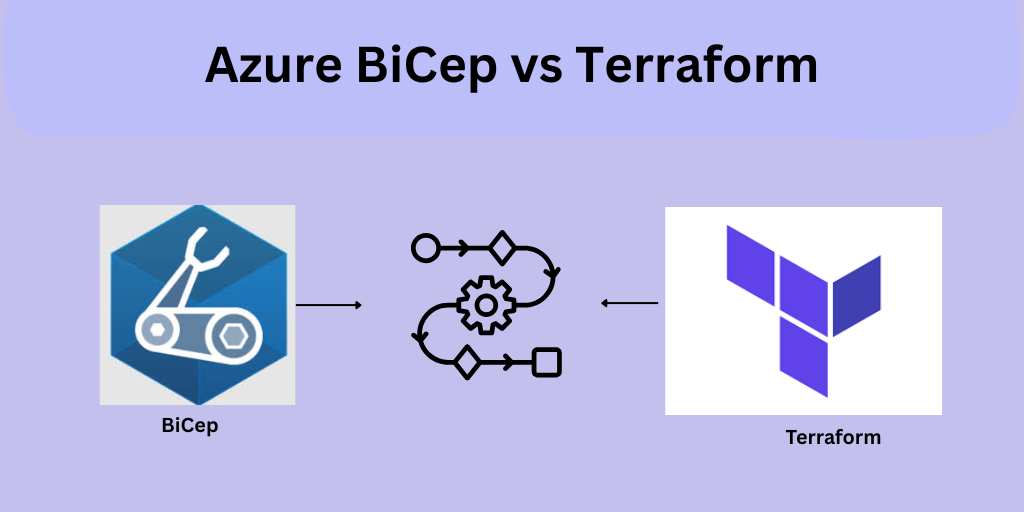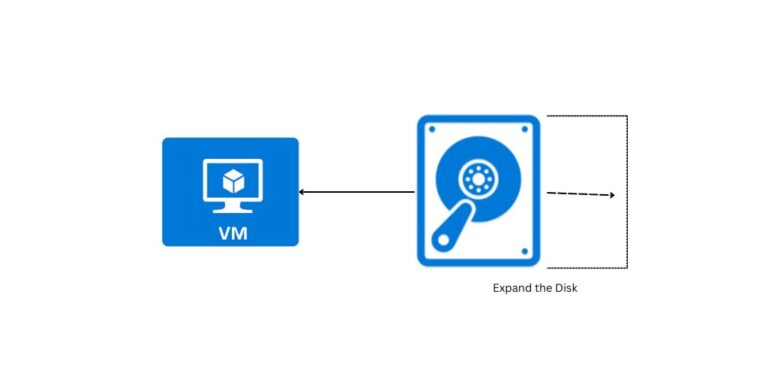Azure Bicep vs Terraform: Which IaC Tool Should You Choose for Azure?

As cloud infrastructure becomes increasingly complex, Infrastructure as Code (IaC) tools have become essential for efficiently managing, deploying, and scaling resources. Two popular resource provision choices on Microsoft Azure are Azure Bicep and Terraform.
In this post, we’ll explore the key differences, strengths, and ideal use cases for both tools to help you decide which one best fits your project.
What Is Azure Bicep?
Azure Bicep is Microsoft’s domain-specific language (DSL) that simplifies the authoring of Azure Resource Manager (ARM) templates. It aims to make infrastructure provisioning more readable and maintainable, while staying tightly integrated with Azure.
Key Features of Bicep:
- Native support in Azure CLI and ARM
- No need to manage state files
- Cleaner, more concise syntax than raw ARM templates
- Free and open-source
- Only supports Azure
What Is Terraform?
Terraform, developed by HashiCorp, is a cloud-agnostic infrastructure provisioning tool that uses a declarative language called HCL (HashiCorp Configuration Language). It is known for its powerful state management, modular design, and multi-cloud support.
Key Features of Terraform:
- Works across Azure, AWS, GCP, and more
- Supports modules and a rich provider ecosystem
- Maintains state for drift detection and collaboration
- Integrated with CI/CD, policy-as-code, and secrets management
- Strong community support and open-source
Feature-by-Feature Comparison:
| Category | Azure Bicep | Terraform |
|---|---|---|
| Cloud Support | Azure only | Multi-cloud (Azure, AWS, GCP, etc.) |
| Syntax Simplicity | Simple and clean | Declarative but more verbose |
| Tooling | Native to Azure CLI & Visual Studio Code | CLI, IDEs, Terraform Cloud |
| Modularity | Supported (basic module support) | Advanced module reuse & registry |
| State Management | No explicit state (uses ARM) | Full state tracking and drift detection |
| Collaboration | Limited | Strong with remote backends |
| Learning Curve | Easier for Azure users | Moderate |
| Ecosystem | Growing | Large, active community |
When to Use Bicep
Choose Bicep if:
- You’re deploying exclusively to Azure
- You want native Azure tooling with no extra setup
- You prefer a simpler learning curve
- You want tighter integration with Azure RBAC, Policies, and ARM
When to Use Terraform
Choose Terraform if:
- You’re managing multi-cloud or hybrid environments
- You need state management, drift detection, and collaborative workflows
- You want access to community modules and third-party providers
- You’re integrating with CI/CD pipelines, policy-as-code, or GitOps workflows
🎯 Final Thoughts
There’s no one-size-fits-all answer—both Azure Bicep and Terraform are excellent IaC tools, each with its strengths.
- For Azure-native teams and those seeking simplicity and native integration, Bicep is a great choice.
- For teams managing cross-platform infrastructure, using modular, versioned, and collaborative workflows, Terraform remains the gold standard.
Whichever you choose, adopting IaC is a critical step toward modern, scalable, and automated cloud operations.
🙋♂️ What’s Your Pick?
Have you used both Bicep and Terraform? What’s your experience been like? Let’s start a discussion in the comments.



